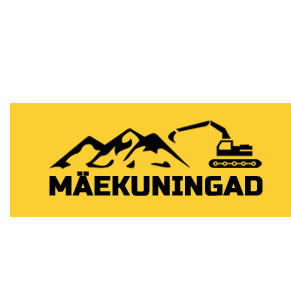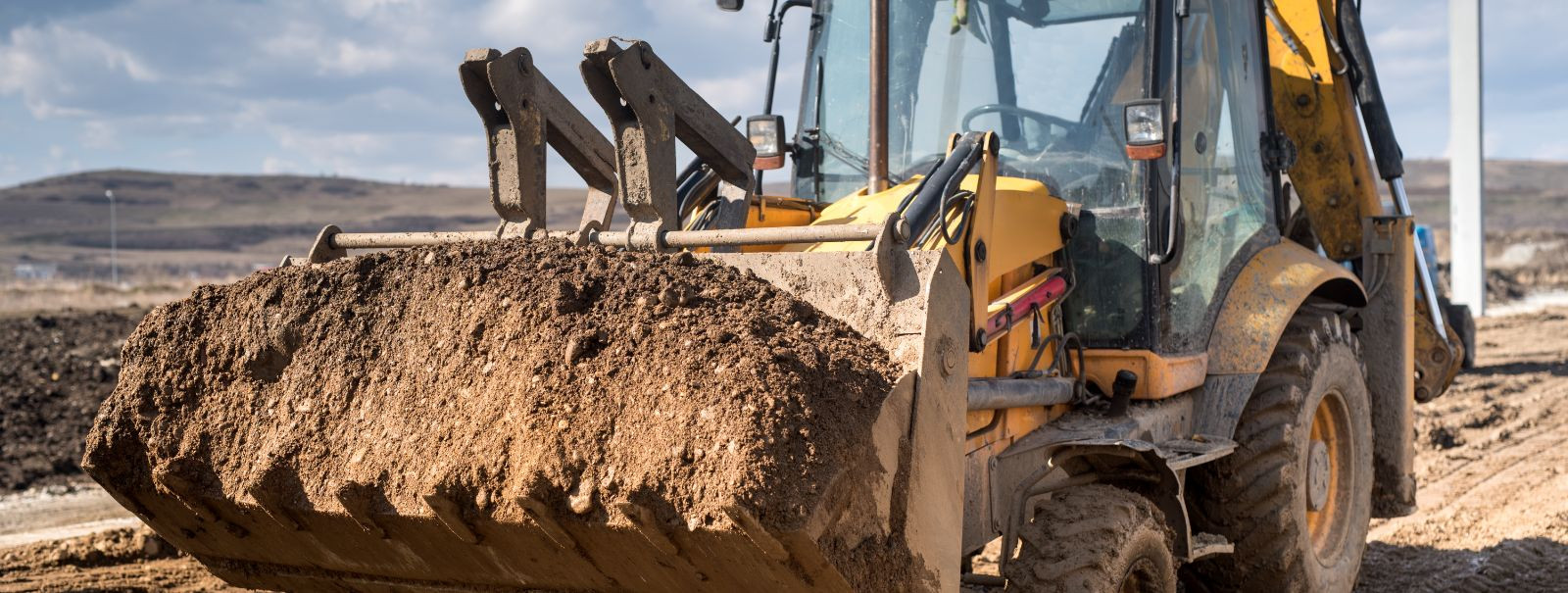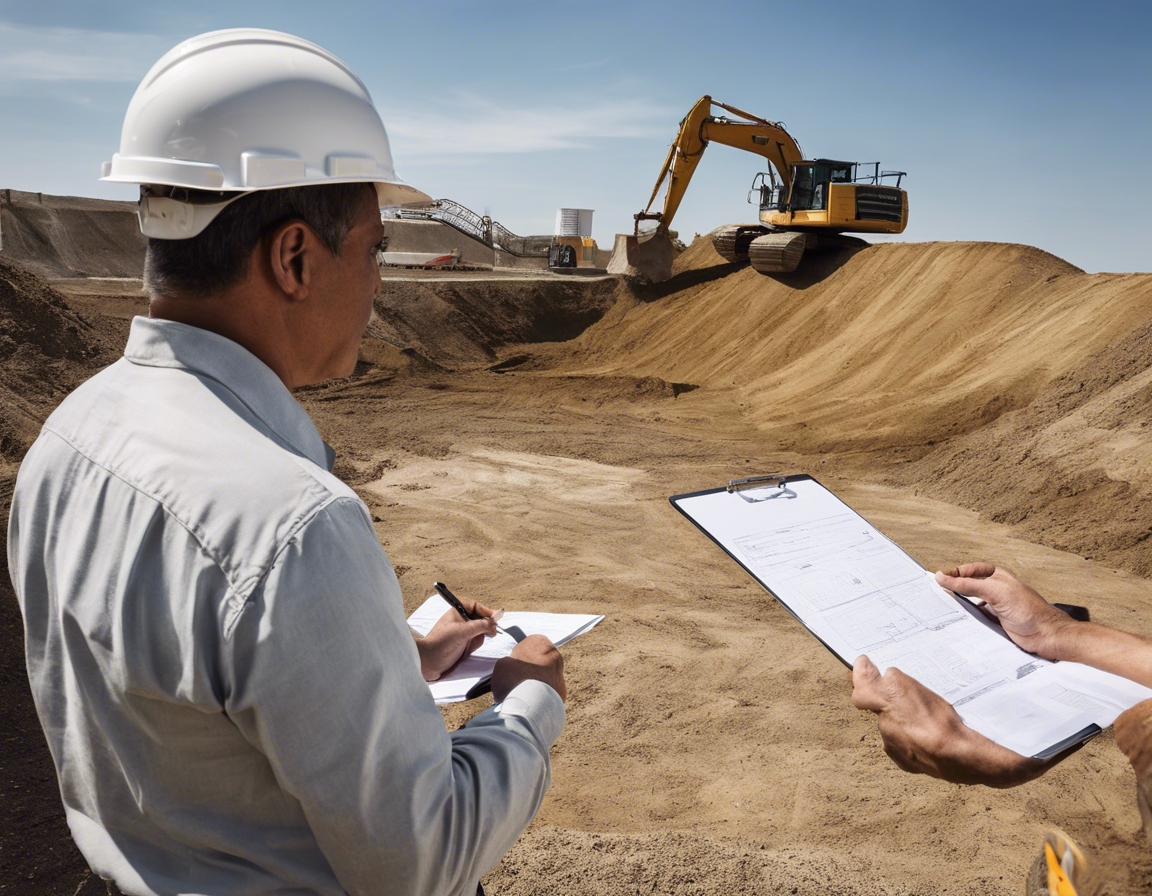The future of excavation: innovations to watch
The world of excavation is on the brink of a revolution, with new technologies and practices set to transform the way we dig, move, and manage earth. As we look to the future, it's clear that the industry is poised for significant change, driven by the need for greater efficiency, safety, and environmental responsibility.
Today's excavation technology has come a long way from the manual labor of the past. Modern machinery, GPS-guided systems, and computer-aided design have made excavation work faster and more precise than ever before. However, the industry continues to face challenges such as labor shortages, safety concerns, and environmental impact.
Innovation in excavation is not just about keeping up with the times; it's about setting new standards for efficiency and sustainability. For construction companies, real estate developers, government bodies, and private landowners, embracing these innovations means staying competitive and responsible in a rapidly evolving market.
Emerging Technologies in Excavation
One of the most significant advancements in excavation is the introduction of automation and robotics. Autonomous excavators and drones are being developed to perform tasks without human intervention, reducing the risk of accidents and improving precision.
The shift towards electric vehicles is also making its way into excavation equipment. Electric excavators offer a cleaner, quieter alternative to traditional diesel-powered machines, contributing to reduced emissions and a smaller carbon footprint.
New materials and design innovations are making excavation equipment more durable and efficient. For example, the use of high-strength steel and composites can reduce weight while maintaining strength, leading to fuel savings and increased longevity.
3D printing technology is beginning to impact the construction and excavation sectors. This technology allows for the rapid prototyping of parts on-site, reducing downtime and potentially enabling the construction of complex structures directly from digital designs.
The use of big data and predictive analytics in excavation can lead to better decision-making and project outcomes. By analyzing large datasets, companies can forecast potential issues, optimize resource allocation, and improve overall project management.
AR and VR technologies are providing new ways to plan and execute excavation projects. These tools can help visualize underground utilities, plan excavation paths, and train operators in a safe, controlled environment.
Environmental Considerations and Sustainable Practices
As environmental concerns become more pressing, the industry is exploring green excavation techniques. These methods aim to minimize the impact on the surrounding ecosystem and promote the conservation of natural resources.
The recycling and reuse of materials from excavation sites are becoming increasingly important. By finding new uses for soil, rock, and other materials, companies can reduce waste and contribute to a circular economy.
Challenges and Opportunities
While innovation offers many benefits, it also comes with regulatory challenges. Adapting to new technologies may require changes in laws and standards, which can be a complex and time-consuming process.
The introduction of new technologies necessitates ongoing training and skill development for workers. Companies must invest in education to ensure their teams are equipped to handle the latest equipment and software.
Finally, the cost of adopting new technologies must be weighed against the potential return on investment. While initial expenses may be high, the long-term savings and efficiency gains can justify the investment for many companies.






Comments (0)